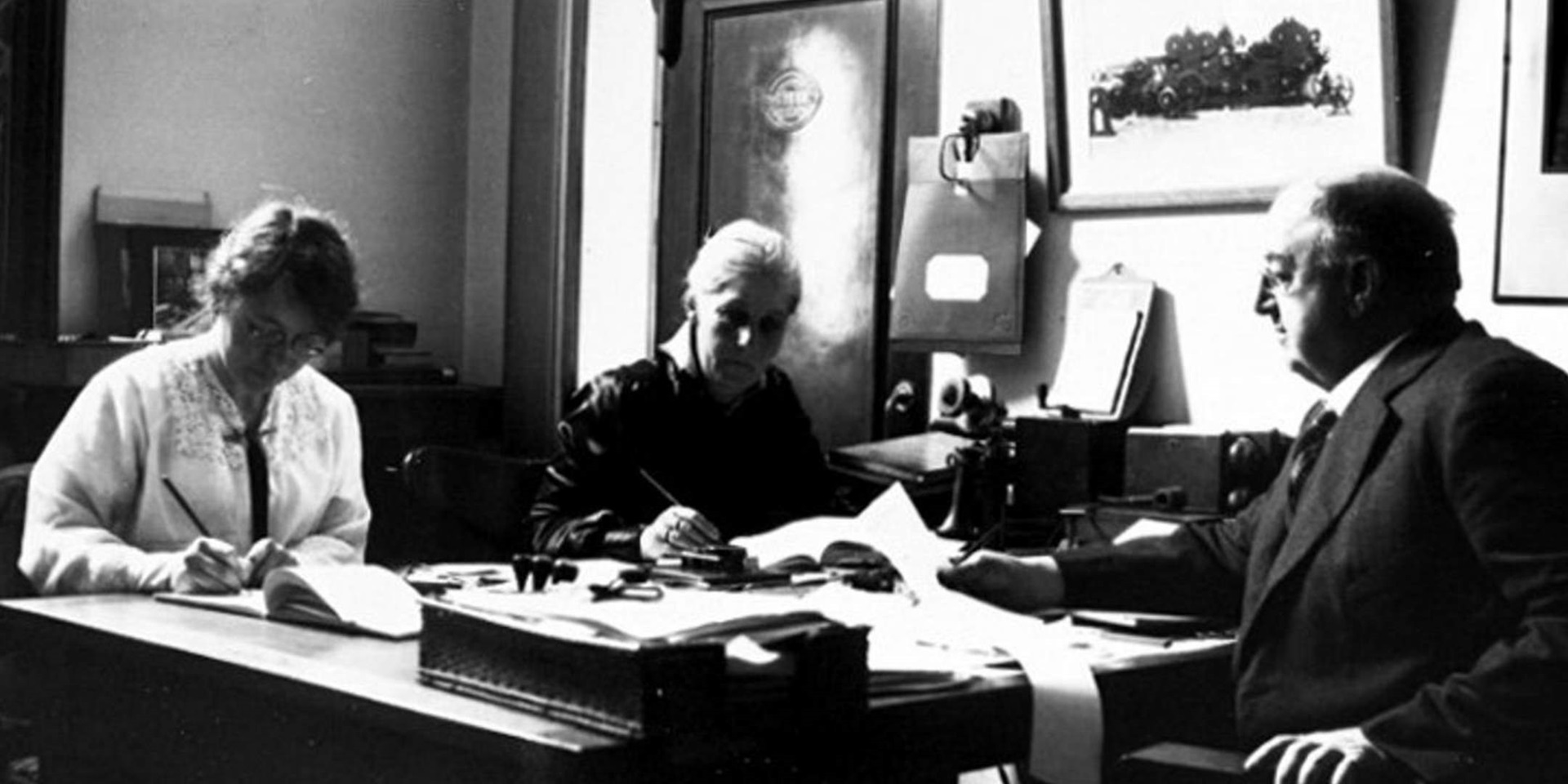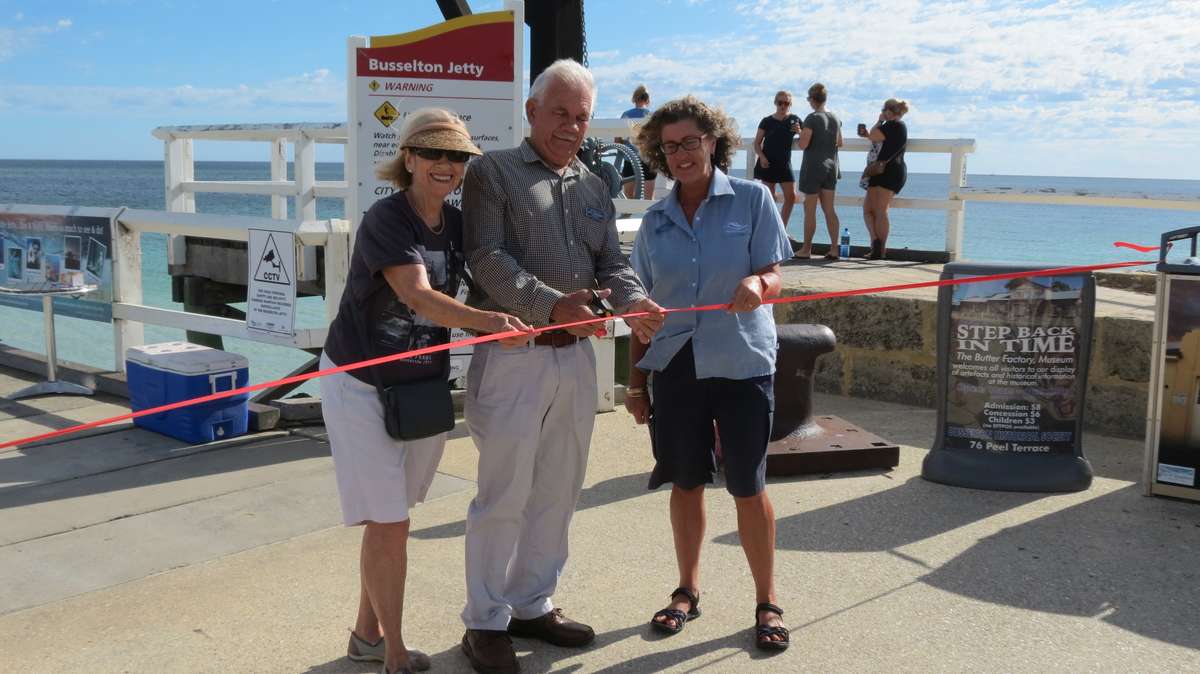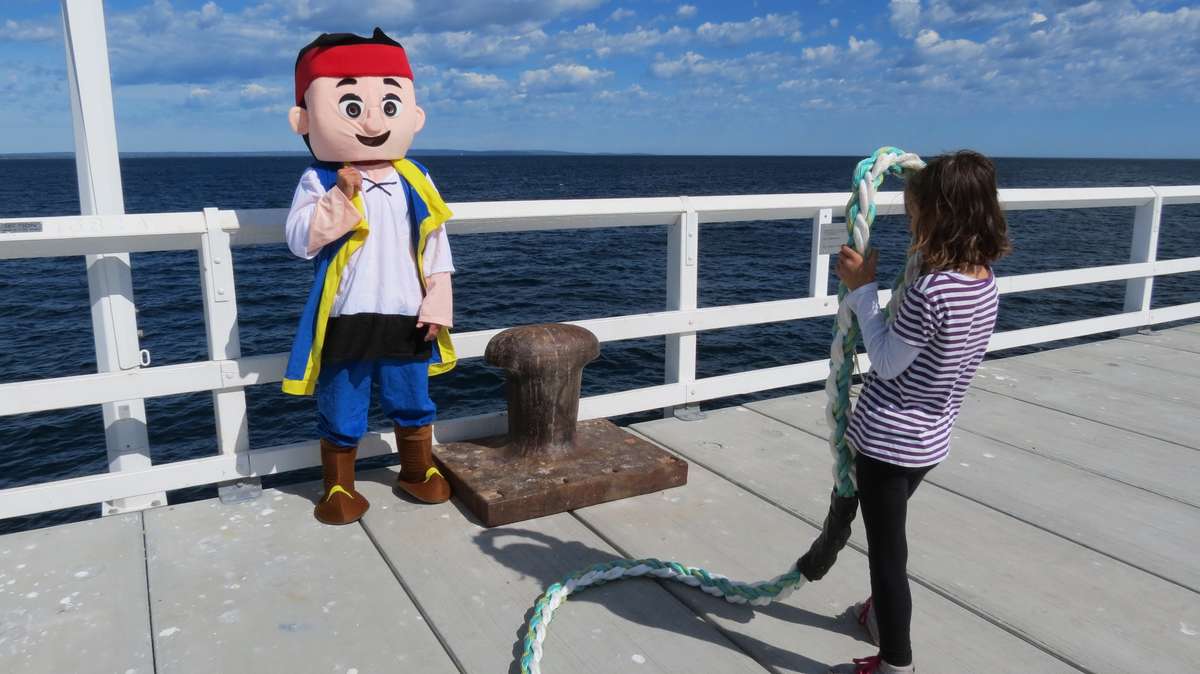

The Jetty Train is the perfect way to experience Busselton Jetty. Image: Busselton Jetty.
As a national cultural agency, the museum provides support for Maritime Heritage nationally and the importance of supporting local communities, smaller museums and historical societies to care for, conserve, preserve, interpret and display Australia’s maritime heritage is recognised. Several of the avenues for doing this involve funding opportunities and engagement in collaborative travelling exhibition development.
MMAPSS Grants – now open – funding up to $15,000
Applications are now open for the 2017–2018 round of the Maritime Museums of Australia Project Support Scheme (MMAPSS), with applications closing on 30 April 2017.
MMAPSS is an annual outreach program of grants and internships jointly funded by the Australian Government and the museum available for not for profit organisations that actively care for and display Australia’s maritime heritage. Check the website for more details on how to apply.
This year the maximum amount able to be awarded per grant has increased from $10,000 to $15,000. Applicants can now seek support for grants of up to $15,000 each. Projects with outcomes which provide educational and interpretive outcomes for the public are highly regarded.
Renewing Busselton Jetty

The historic Busselton Jetty at sunset. Image: Busselton Jetty.
One of the recipients from the 2015-2016 round of funding was the Busselton Jetty Environment and Conservation Association, who enacted a conservation and interpretation plan for the historic site.
Single lip, double lip, teddy bears, mushrooms and ladies waist are not what you would expect to hear about and see on the longest timber-piled Jetty in the Southern Hemisphere in Busselton, Western Australia, but cast iron bollards and cast steel bollards encased in cast iron have played an integral role in the creation of this heritage listed icon.

Cutting the ribbon on the new Bollard interpretation trail. Image: Busselton Jetty.
Since 1865 the Busselton Jetty has a long history with the Maritime industry, people, places and events since American Whalers came in their square-rigged sailing ships when the Jetty was only 528 feet in length. The Jetty was extended nine times until 1960 when it reached its final length of 1,841metres and many of these extensions required different types of bollards to be installed along the Jetty.
The historic significance is that heavy ships would not be able to moor at the Busselton Port without damaging the main Jetty structure without Bollards, Buffers and Mooring lines.
The story of Bollards has now been told highlighting the major part they played in the success of the Busselton Jetty as a Maritime Port with the creation of the ‘Bollard Trail’.
Supported by funding from the Maritime Museums of Australian Project Support Scheme (MMAPSS) and Busselton Jetty Environment and Conservation Association, with information provided by the Busselton Historical Society, the Bollard Trail, using interpretive signage in a question and answer format, leads visitors from one bollard to another on the Jetty to search for the answer to maritime questions that tell the story of the bollards, mooring lines, buffers, piles, spring ropes and the timber industry ships that relied upon the bollards, rain, hail or shine. The Bollard Trail ends at the northern end of the Jetty where participants are encouraged to attempt the ‘Rope Throw’ and compare their skills to the mariners of the past.
 Busselton Jetty.'>
Busselton Jetty.'>
Try your hand that the ‘Rope Throw’. Image: Busselton Jetty.
Officially launched in March 2016, incorporating a Family Fun day, the Bollard Trail has created an interesting and interactive way to explain the history and importance of the Busselton Jetty and the critical roles of the bollards. It is enjoyed by history buffs, schools and families alike and available to future generations.
The Busselton Jetty is the home of the Busselton Jetty train, take a ride to the end and visit the unique Underwater Observatory where you can enjoy the natural marine environment on the ocean floor.
When visiting the south west of Western Australia make sure you add Busselton to your ‘to do’ list and enjoy a leisurely stroll along the iconic Busselton Jetty incorporating the Bollard Trail and all the other amazing experiences it has to offer.
Other programs and prizes supported by the Australian National Maritime Museum
Visions regional touring program and Submerged
The Visions Regional Touring Program is an Australian Government program aiming to improve access to cultural material for all Australians. Through this program the museum and the Australian Maritime Museums Council (AMMC) are developing a graphic panel display, Submerged: Stories of Australia’s shipwrecks, using content provided by AMMC Member organisations. As part of the program free attendance is being offered at exhibition development training and networking workshops across Australia to engage regional and remote maritime museums in the creation of content for the national travelling display and enable them to share shipwreck stories from their collections.
Maritime history literary prize
Writers, publishers and readers of maritime history are invited to nominate works for maritime history prizes totalling $5,000, sponsored jointly by the Australian Association for Maritime History (AAMH) and the museum.
For more information about Grants and Awards available visit the MMAPSS page on our website or call the MMAPSS Coordinator on 02 9298 3743.
The Maritime Museums of Australia Project Support Scheme is funded by the Australian Government.
